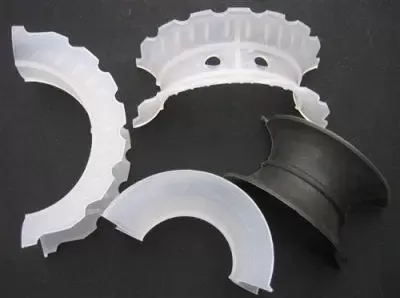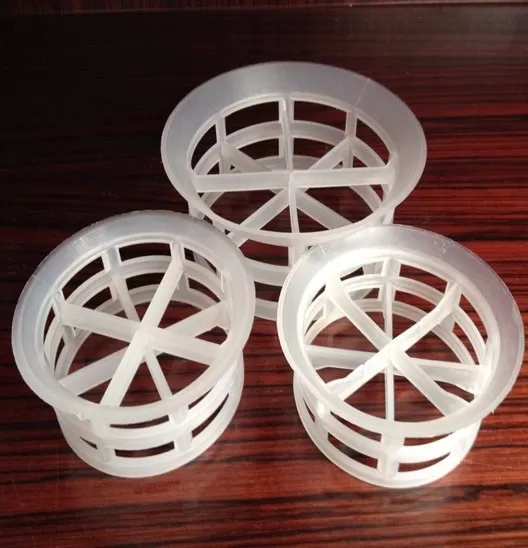plastic packing is widely used to enhance the performance of plastic products, but determining the appropriate filling amount is crucial. This article will discuss the factors that affect how much plastic packing can be filled and the considerations for determining the filling amount.

The type of plastic matrix is a key factor. Different plastic matrices have varying abilities to accommodate packing. For example, some thermoplastic plastics with good fluidity can tolerate higher filling amounts, while brittle plastics may have lower limits to avoid reducing their mechanical properties.
The properties of the packing itself also matter. The particle size, shape, and surface characteristics of the packing influence the maximum filling amount. Fine and uniformly sized packing particles can be filled more densely, while irregularly shaped particles may cause gaps, limiting the filling amount. Additionally, surface - modified packing with better compatibility with the matrix can often be filled in larger quantities.
The desired performance of the final product is another important consideration. If the goal is to improve the rigidity or reduce costs, a higher filling amount might be considered. However, if properties like impact resistance or toughness are critical, excessive filling could have a negative effect, so the filling amount needs to be controlled.

Processing conditions cannot be ignored. The processing methods, such as injection molding or extrusion, have requirements for the melt viscosity of the plastic - packing mixture. A higher filling amount may increase the melt viscosity, making processing difficult. Thus, the filling amount must be adjusted according to the processing capabilities.
In summary, the amount of plastic packing that can be filled is determined by a combination of the plastic matrix type, packing properties, desired product performance, and processing conditions. Finding the optimal filling amount requires comprehensive consideration of these factors to balance performance and processability.

